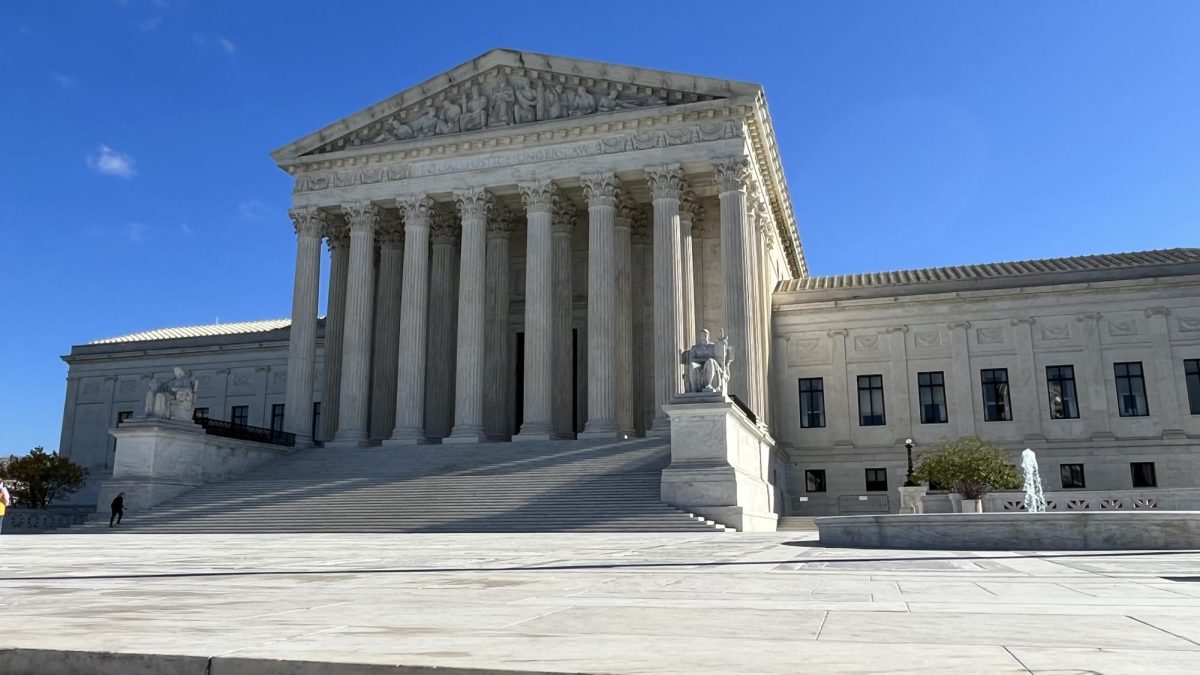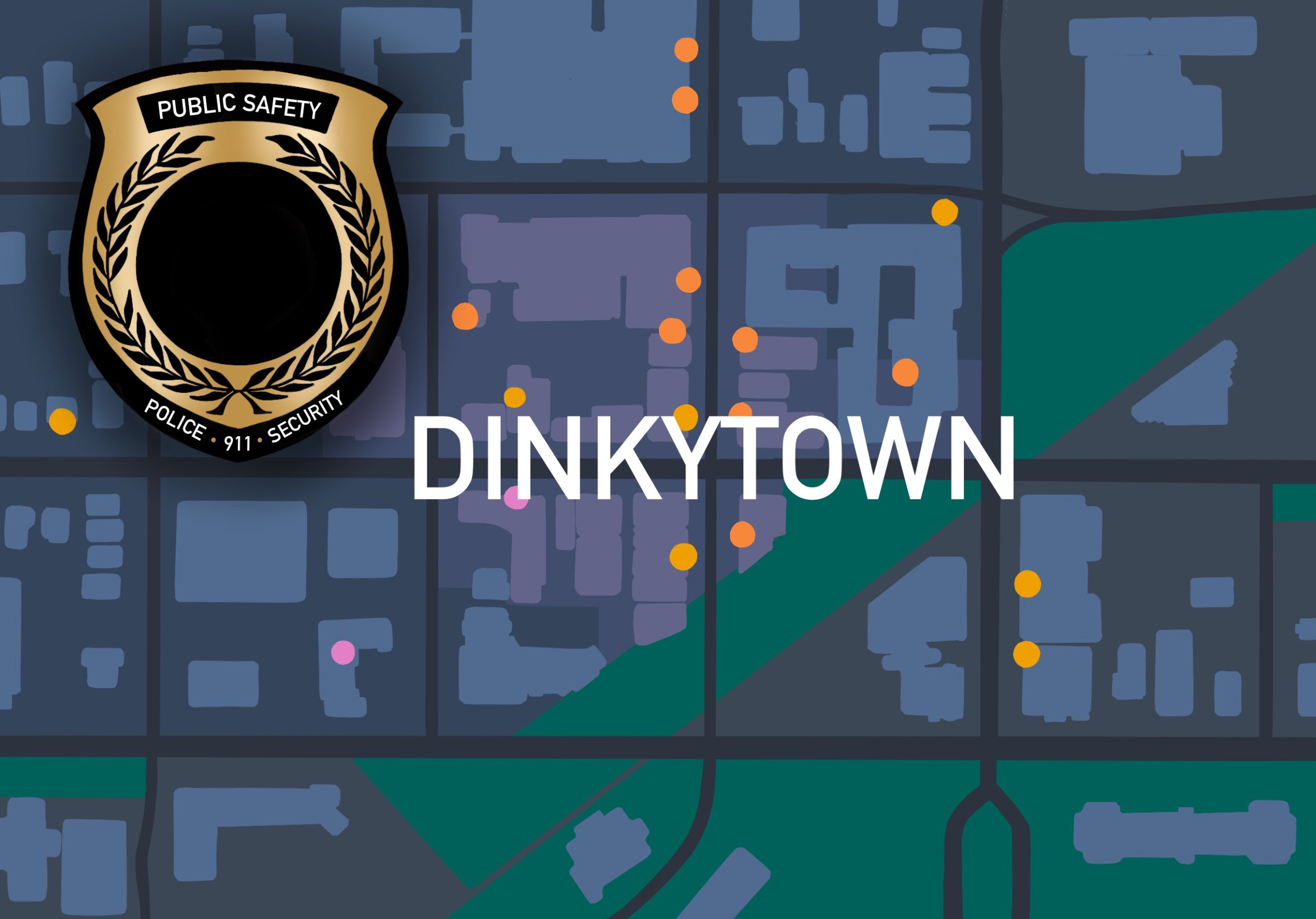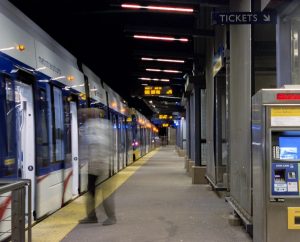The Obama administration has now effectively delayed a decision on the Keystone XL pipeline, which is designed to bring up to 700,000 barrels from AlbertaâÄôs oil sands into the U.S. This continues an administration trend of postponing controversial energy decisions beyond the 2012 election, as reported by John Broder of the New York Times.
Previously, President Barack Obama delayed a review of the nationâÄôs smog standard until 2013, pushed back offshore oil lease sales in the Arctic until at least 2015 and blocked new regulations for coal ash from power plants.
A more decisive and courageous decision would have been fair to everyone involved in the $7 billion Keystone XL project. It also would have been fair to the Canadian government, which is considering an alternative, the Northern Gateway pipeline to the Pacific Ocean terminal at Kitimat, British Columbia, with shipments to China and other Asian customers. In addition, Minnesota already gets oil sands oil by means of the Alberta Clipper pipeline from Hardesty, Alberta.
Obama could have announced a decision to reject Keystone XL based on his campaign promises to reduce our dependence on fossil fuels and to focus on the threat of global warming. He also could have announced approval of the project, noting our continued dependence on imported oil for decades.
Keystone XL would assure oil from a dependable friendly source, versus imports from Venezuela and the Middle East. If we donâÄôt take the oil, it will simply go to customers in Asia with no net benefit to the environment.
Obama could also point to thousands of new jobs, which could be an offset for environmentally conscious supporters.
The fact is that this country runs on oil, whose compounds provide everything from transportation to the asphalt that paves our roads. Oil compounds provide building materials, fertilizers, pesticides, medicines, plastics and more.
Our older domestic oil reservoirs are declining, and there are three major regional sources to fill the gap. ThereâÄôs the oil in the deepwater Gulf of Mexico, the Alberta oil sands and the oil shale in regions like the Williston Basin, which require hydraulic fracking.
Of the three, the biggest and safest source will be from Alberta. It can be pipelined here, or we can use the longest lines of diesel-burning tanker trucks in world history.
Opponents of the pipeline point to threats to the Ogallala aquifer. However, the biggest threat there is from the millions of tons of fertilizers, pesticides and irrigation water that are continuously dumped on the soils, which in turn drain directly above the aquifer.
A study by Professor Sangwon Suh of the University of Minnesota reported that in Kansas and Nebraska, 500 gallons of water are required to grow and process the corn for each gallon of ethanol produced. Much of that water is drawn from the Ogallala Aquifer. There are 450,000 miles of oil and gas pipelines in the U.S. They operate with minimal safety problems. Many of those lines are directly above the Ogallala Aquifer, which is unaffected.
The new Keystone XL pipeline will continuously monitor thousands of sensors that register pressure and leak issues. Valves are spaced along the pipeline and are closed from remote centers to limit loss from leaks.
Until serious carbon-tax and fuel-conservation measures reduce fossil-fuel consumption, pipelines are the best way to transport oil and gas, our major energy fuel sources.










